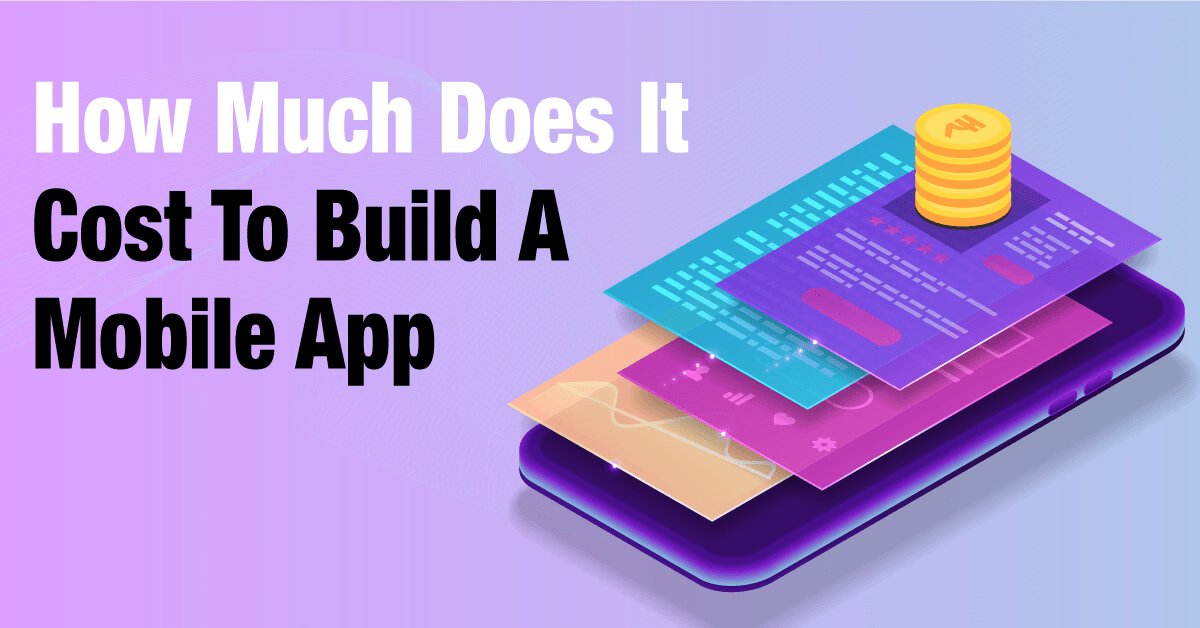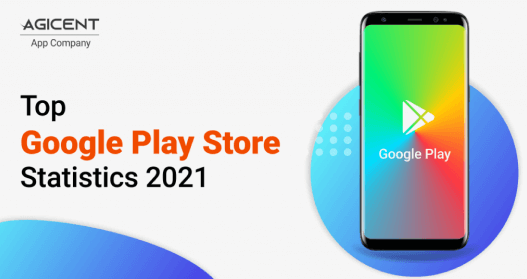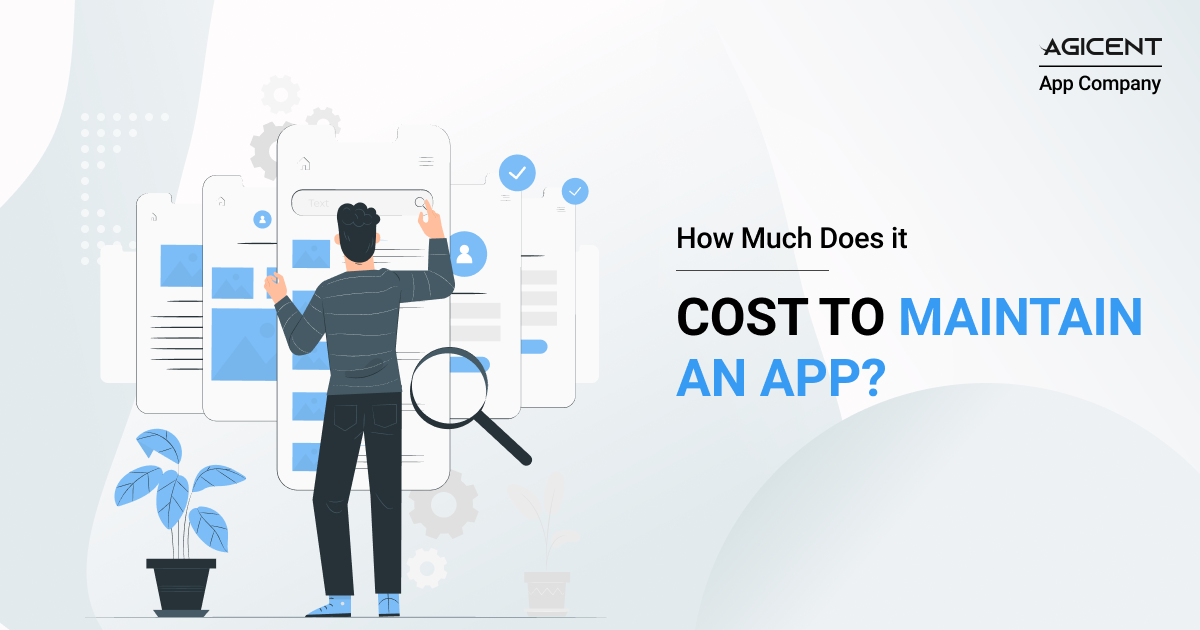React Native App Development Company
Finest React native developers and fixed-price React-native App Development from Agicent React Native App Development Company. We are experts in using JavaScript, React-Native CLI, Expo-CLI and many latest libraries (free or proprietary) with the best architecture to create React Native Apps that mean Business, like IRTH App made by us that is now featured by Apple.
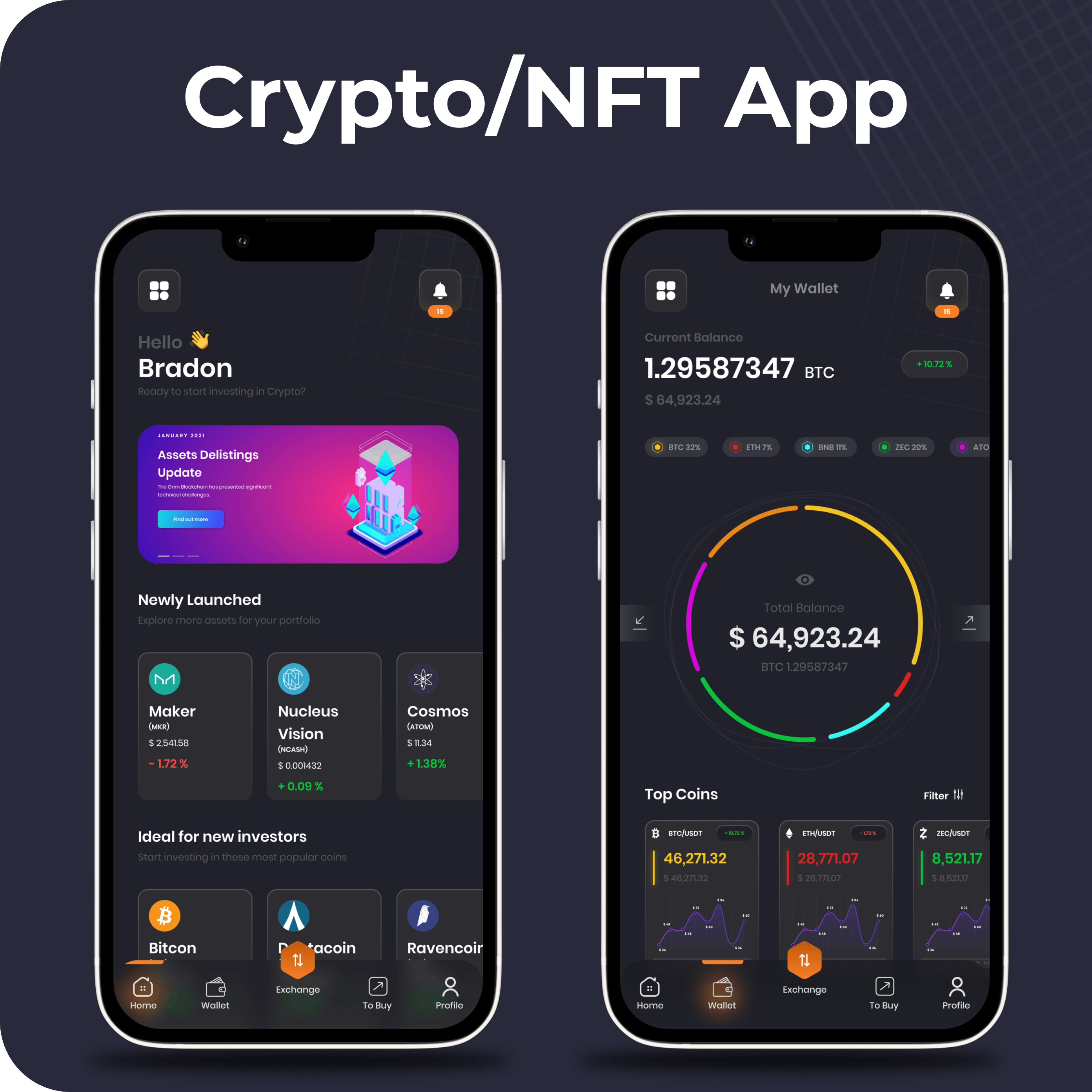
Recognised by the best

Verified Profile on Inc.

Covered by Huffpost

Top mobile app development company

Top mobile app developers in India

Visit our profile at AppFutura

Press Released Covered by Daily Mail

Best App Development Companies for Startups 2021

Our Interview with eFM

Reviewed 5 Stars on Venturepact

Top Mobile App Development Company
Trusted by








React Native Development Services
We offer our React Native development services on the basis of Fixed Price
Development (project based) as well as on Fully Managed Monthly Dev Team model starting
at
$ 2900/ mo.
We create MVPs in a matter of weeks and then deploy bigger teams to quickly scale for the
full product development and deployment.
Our teams follow Agile development methodologies, implement development & deployment
pipelines, do proper version controlling and using tools like Slack, Jira, Figma for better
project coordination and collaboration. Our dedicated project managers work in sync with
customer’s time-zone’s working hours and make it as a painless process for you.
Also react-native app development is just one part of our overall spectrum of product development services for mobile, web, AI and IoT fields which include – MVP Development, Full Product Development, Monthly Retainer Teams, Fractional CTO Services, Full stack Development, DevOPS consulting, monthly App or web maintenance and also Digital Marketing.
We’ve been using various flavors of Javascript long before react native came into being and once it came, we went all in for it and over the last years it turned out to be the closest competitor of pure native mobile app development technologies. There were times when React-native and other cross platform technologies (like Flutter, Ionic, QT) were only good for creating App MVPs and had a lot of issues such as integration with third party libraries, with Device’s own hardware capabilities and so on. But at the time when you’re reading this, we can safely say that React Native can help building as good or superior apps as a native tech would do and that too with lesser coding efforts. Its like Java of old days, “Write once, run anywhere”.
Theoretically, an App that you can make in React-native can be created in Flutter or ionic or in native technologies too. However, if we have to rate the cross-platform technologies, react native rules the roost hands down because of its larger community support, flexible frameworks, and capability to generate the native code over other platforms. No wonder why we migrated good old IRTH – Birth without Bias App from pure native to react native and it is now at top quality, and featured by Apple as well.
Discuss your goals with usCase Studies of React Native projects
We are the experts of digital and mobility transformation, using codes, design, and lots of passion and innovation. Find out some incredible success stories of our React Native app development services that created history.
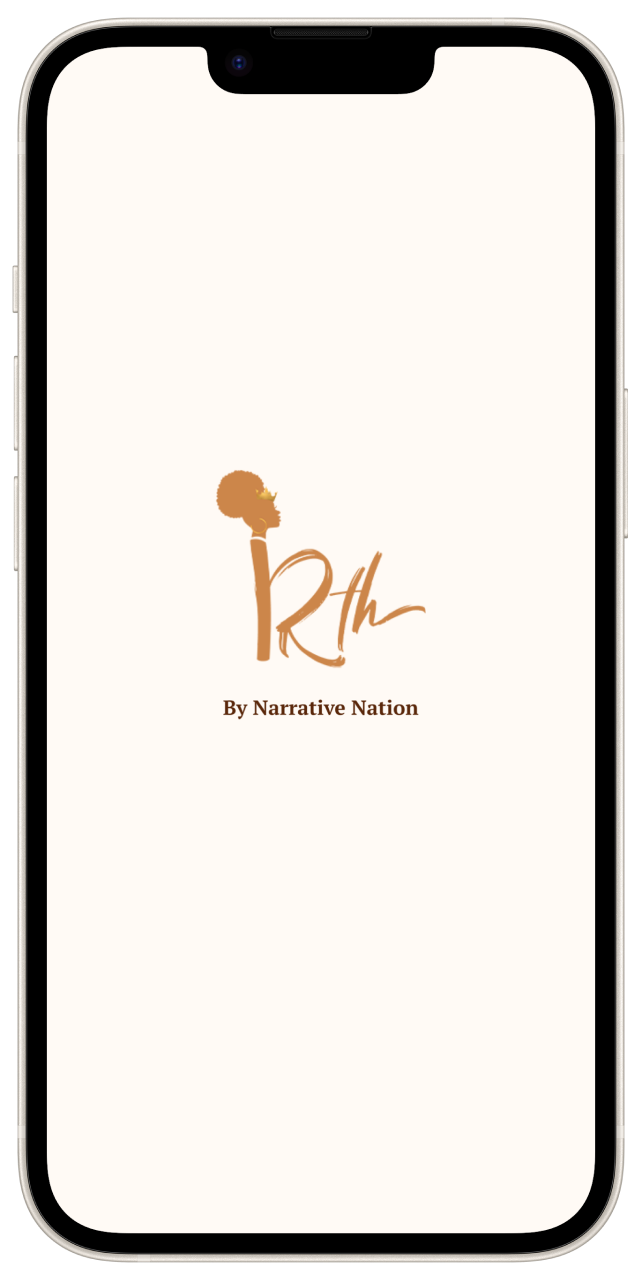
Irth is one of the most beloved product and brainchild of Narrative Nation who are champions of health equity by democratizing how the story of health disparities is told – or narrated. Irth empowers safe & informed maternity care for Black and brown moms. It is Revolutionizing pregnancy & childbirth for Black and brown families by publishing real birth experience reviews from people like you. You can also find right doctors, hospitals and clinics on Irth and document your whole beautiful birth giving experience.
Black, Indigenous, LatinX and other women of color have the highest rates of maternal mortality, obstetric violence and near-death experiences in pregnancy and childbirth. Moms of color deserve to birth without bias and Irth is here to drive accountability and change. Join our community for a positive pregnancy journey!
Irth App was originally developed using pure native technologies for the Apps and Ruby on Rails on the backend. It was decided with the clients for a long term regular updating and growing of the app we needed to switch to single high quality code base and within 3 months we migrated the whole Irth App to react-native and node.js for both apps and backend respectively. We implemented the CI/CD pipeline, a robust project development process and deployed a dedicated team of 5 people to live and work on Irth every day.
Approx Development Cost: $ 9000/ monthly
Aiko & Egor is an animated video series and app developed by See Beneath, Inc. a California-based nonprofit. Agicent has been working on Aiko & Egor for more than 10 years. Aiko & Egor displays simplified animation based lessons for lovely autistic children and also fun to play games for children at various developmental level. Apart from lessons and games, this app also have assessments, skill tests and scoring that parents can share with their children’s teachers.
Originally developed in pure native technology stack, we migrated Aiko & Egor to cross platform React Native framework for better regular development and maintenance and also used plenty of game oriented JS libraries for the gaming part of the App.
Apprx Cost - $ 24000 annually
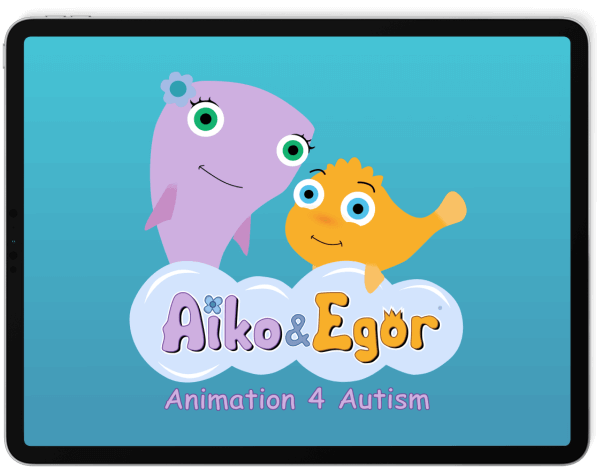
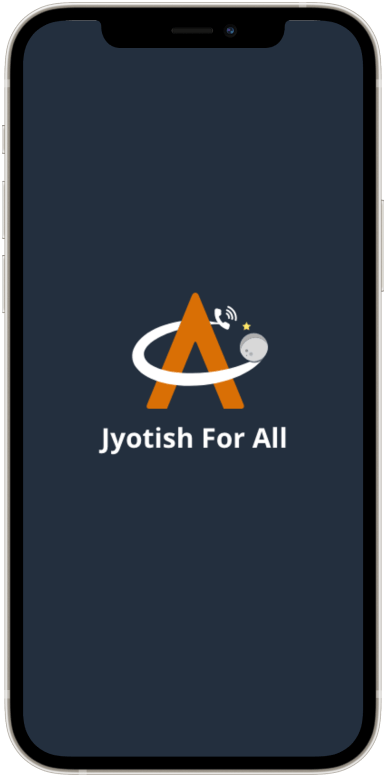
Jyotish for All or Astro for all is a Tele Astro consulting app just like any telemedicine app where you can talk to a live expert astrologer, tarot card reader, mystique on their per minute charge via video, audio calls or chats. The billing is real time, we implemented wallet which works globally and using Agora to facilitate the video calls integrated with billing system by Stripe for real time billing. With around 100 K Customers within a span of less than an year of its launching, jyotish for all has attracted handsome funding from celebrity startup funds and expanding its service area beyond U.S.A and India to other continents.
The best part of this project was, we developed and launched the app from the scratch in just 14 weeks. The reason was? We spent 2 weeks dedicatedly on nailing down each and every aspects of the specification and got the blueprint 100% right. We deliberately kept the UI design simple yet powerful and then did a lightening fast development and in such a quality that the only maintenance app needs is when there an update in any of the third party API the app is using or when the app stores are launching an update.
We used Reat-native, node.js as the major tech stack and hosted the solution the AWS infrastructure.
Approx Development Cost: $ 60,000
Our Rates for React Native development
Following is the standard rate card for different Experience and skill levels of on Demand React Native App Developers. However, most of the times our customers need a team with others skills too (UI/UX, Testing, DevOps) etc so for that you can check our “Dev Team Plans”.
And if you’re looking for a fixed price quote, kindly write us with your project brief or setup a discovery call.
Junior React Native Developer
Exp. Level: 1-2 Years
- Hands on react native Development.
- 3 Projects experience minimum.
- Agicent’s inhouse trained.
- Familiar with PM Tools.
- Perfect for rapid MVPs and maintenance react native works.
Mid-level React Native Developer
Exp. Level: 2-5 Years
All of Jr. Dev +
- 10 Projects experience minimum.
- Has Backend Experience.
- Hands on CI/CD pipeline.
- Manages Jr. Developers.
- Perfect for complex react-natived projects and fast Development.
Senior React Native Developer
Exp. Level: 5+ Years
All of Mid-level Exp +
- 15 Projects experience minimum.
- Full Stack Developer.
- Participate in Architecture.
- Ability to play Tech. Lead Role.
- Perfect for bigger size projects with multi teams.
#ClientSpeaks
Learn more about our processes from our clients.
Kimberly Seals Allers
CEO, Narrative Nation, Inc.

Agicent’s team has great command over the tech skills we needed for our Apps. They helped us in migrating Irth Apps to react-native and now we launch an update after every sprint and add new features seamlessly. I highly recommend their dev team to any startup out there!
Kimberly Seals Allers
CEO, Narrative Nation, Inc.
React-native development offers several critical benefits which make it as a tech stack of choice for everyone, but especially App startups. Some of those are as follows:
React Native Allows Cross Platform Development
Enough said about this already, the first and biggest benefit is that react native allows you to write single code base that would run equally good on both iOS and Android platforms. It saves approximately 40% of the total cost and time-to-market of App development compared to when you use pure native technologies for the same.
React Native Development is Cost Effective
As mentioned above, its cross-platform capabilities cut down the cost of the projects by 40% and in some cases even more that that (in case of projects where majority of the code is on the front end vs backend code).
React native development offers as good of a performance and user experience as pure native apps would do and in some cases even better than that especially in case of data heavy applications. Due to its base in Javascript, the loading of heavy content is done quickly without refreshing the whole page thus providing a seamless robust performance to the end user.
The react native developers community is so active and vibrant that you’ll never find yourselves along. Hardly any month passes by when you don’t have a new react native library, pre-built components and frameworks are launched by the community (and mostly free). This vibrant community and continuous innovations help react native developers in doing faster development and also help in troubleshooting when needed. Also React native is backed by Facebook (now meta) and that proves its significance in the tech startups world.
React native blends with other famous technologies very well, then be it going hybrid with a native code or integrating with famous third party APIs – react native development enjoys more support than any other cross platform development technology framework.
The most beautiful part that react native engineers love is that it is not just limited to creating mobile apps but react native code can always be extended to a web platform very easily. There are several frameworks available that helps migrating react native code to react js for web apps and vice versa.
Compared to the native app development where you have to create a build to test or debug your code; doing so is very easy in react native because of Hot reloading which allows developers to see the results of their latest code and changes immediately, like your good old web development way.
Because of its growing popularity, many mobile app developers have built their careers around react native tech stack only and the more experienced ones know both react native and react.js along with backend JS technologies like Node.js. So hiring a new team of react native developers or switching to a new developer is fairly easier in case of react native development.
At this step, Agicent’s analysts and development team understand the overall scope of the work and then break those down into weekly sprints and prioritize their development sequence according to client’s launch vision. A detailed project scope documentation is created here followed by the wireframes or clickable prototype of the design.
Based on the overall scope of the work, our UI/ UX experts create the wireframes at first. Those wireframes are to depict the flow of the application for different user types and personas and once approved we convert those wireframes into beautiful high definition figma designs and again release those for customer’s approval and collaboration.
Although as simple as it may sound, but this is the most critical process of the product development process. Our UX experts create the designs considering the audience, geography, category, industry, trends like critical factors and do as many iterations as our client wants till they are approved. We also take care of the fact that designs we are creating are actually easily achievable and feasible by the code and we can do so because of our combined development + design + marketing and branding experience. Overall, it offers high quality consulting to our clients.
We always have react native app development setup ready to initiate new projects so there is no time lost in that part. The project is divided into weekly sprints with achievable targets defined and right engineers are allocated.
All dependencies like requirement of API endpoints from the backend developer, hosting environment setup, test cases and automated testing scripts setup etc is done here.
The unique thing in Agicent’s product development process is that – rather than doing the regular functionality first (like login screens, signup etc) we do the most complex part of the project at first. This strategy comes from our years of experience where we’ve seen that developers by large tend to leave the critical functionality for later while complete the regular ones at first but at the end the overhead of that critical development becomes actually very big. We experienced this in couple of our projects many years back and since then decided that we are going to do the most complex part of the project at first because when it is done everything else becomes a cake walk and also cuts down the project anxiety completely.
It also helps in launching quick MVPs with just core functionality because that is what your early users and investors would intend to see at first before any standard login/ signup/ profile creation screens. We are humbly proud to say that we know our job of “product development” and not just coding!
- Creation of components with an emphasize of making them re-usable and scalable.
- Implement state management using tools like Redux, context Api.
- Integration with the APIs : including our own backend APIs as well as any third party APIs required for the project for fetching the data or doing a certain functionality.
- Cross platform compatibility : Our designers make includes writing platform specific code wherever needed in case of iOS and Android.
- Creation of the elaborated test cases right from the day one and executing them with every new adhoc release (progressive release during testing).
- Unit testing of different components and functions individually.
- Integration testing to ensure different parts of the app are working as expected.
- UAT: doing end to end testing of the whole product including backend, front end, regression, etc.
- Automated Testing: using tools like appium, jest and sometimes writing our own test code to perform test tasks automatically.
- Debugging using react native debugger, Flipper or built in console to identify the bugs and fixing them at the same time at developer’s end only.
- Hot reloading: a constant verification of the implemented changes to ensure if they are working good or not.
- Optimize the App for better performance by optimizing the load time, API calls frequency, cache implementation, minimizing bundle size, CDN implementation.
- Preparing the app builds to be submitted to their respective stores as adhoc builds first then for beta release and ultimately for the final release. The file types for iOS will be .IPA and for Android will be .APK.
- Using Testflight (for apple) and Google play beta for beta testing.
- Preparing the hosting server for hosting the backend (DB, APIs, AI components) on a cloud server like Google, Azure or AWS. Configuring the server for optimized spend and performance.
- Go live on the app stores with live servers.
- Regular monitoring of the App using various underlying scripts that can track critical performance aspects like crashes, load time, processing, payment and transactions etc.
- Regular upkeep and also enhancements on the app.
- Continuous updating of the test cases as the app grows with more users and features.
- Fixing of any bugs reported by the end users on hot priority and also bugs reported by the client of our internal testing team.
- Updating the App for any minor or major OS version upgrade.
- Updating the App to be compatible with any new change occurring with any of the third party APIs used in the App (could be payment API, maps, authentication APIs, location API, data source APIs and so on).
- Regular data backup to meet with any future data lost situations.
- Regular data updating and also creating SDKs for the App if needed.
- Regular backend and server side maintenance.
For more information on our App Maintenance services and their scope, please read here – How much does it cost to maintain an app?
First and foremost, we critically analyze if the App project is a good candidate for cross platform or react native development or not. In some pretty niche Apps, native can still be a technology of choice so ruling out this possibility is most important first step. Once it is identified that react native is the tech of choice, we then figure out the backend stack (like node.js or graphql, or traditional LAMP stack), or web front-end third-party libraries, like vue.js, typescript, redux etc. If it’s a regular kind of app that we do time and again (like a dating app or ecommerce app, or healthcare app) then we decide on tech stack in few hours only; if it is a niche one- of-a-kind project (like an AI based app suggesting you medicine dosage or an App that heavily uses some third- party APIs for its core function – like creating digital avatars or facilitates Holoportation) then we take more than few hours to check on libraries, their scalability with react native and then decide.
Description of the desired project outcome will help you to keep on track the work. Documentation of the code will be an incredible source to know about HOW and most importantly WHY things had been done in a particular way. Business logic, especially in bigger projects, is sometimes hard to comprehend for a newly introduced React Native Developer and an easily available documentation is the best solution to preempt such situation. In fact, creating a project wiki is your best bet that will help any future developers to comprehend and understand and work on the project most efficiently. Successful projects need proper controlling over development and testing, which is easy with documentation.

As the title suggests, if the project is not so regular type and is heavily dependent upon third party libraries or technologies (like an AI library, or a hardware API) and when we’ve not used that critical tech before, we insist on creating a proof of concept (PoC) first just to demonstrate the feasibility of the core functionality. Most of the times we do it for free (if PoC takes less than 40 hours) or charge very humbly in case it is a big PoC. We recently created a PoC of a crypto marketplace App which shows market data crunching data from various third-party APIs and it was done perfectly well and now the full project is on.
Since you’re dealing with a cross platform technology, it is important to make sure that design and layout renders perfectly right on all sizes of iOS and Android devices. Taking care of this from the day 1 will save a lot of time later on.
Native applications are top performers because they use stock APIs, patters, and enjoy best support from the OEM’s OS and hardware and you achieve great performance by the virtue of the platform. However, in case of creating a react native app, which is cross platform by the way you have to use a variety of testing tools (like Appium, jest, detox etc), be more meticulous for performance parameters, and optimize your code for best performance across different devices. It can be a time-consuming exercise at times, but totally worth it and warranted.
For react native app development, you have to take care of multi-threading, third party library integration in optimized way, image compression, APK or iPA file size optimization and lot more what you don’t really do when doing native app development.
The app shouldn't serve as a gateway to scammers who want to steal the data or take control over the user's phone. Security issues are crucial if app involves online payments or needs to store and use personal information.
The major security issue is that mobile apps have access to data stored on mobile devices (smartphones, tablets). Here is our dedicated old (but Gold) blog post on Mobile App Security Best Practices.


Following are some of the common mistakes being done while doing React Native App development that are better to be considered before starting the project.
-
Overestimating the leverage which react native provides
React native surely provides you the option to have a single code base for the front end, however it is important to know that the backend and integrations do take their own sweet time whether you use react native or pure native technologies. So, using react native can save maximum 30-40% of your App development time Vs using pure native.
-
Ignoring creating an MVP or Proof of Concept (PoC)
For the projects or technologies that we’ve (or someone else has) already worked upon it is fine to directly jump on creating the app; however, in case you want us to create an altogether new feature or technology that has never been done before then it is advisable to create an MVP or a proof of concept before creating the whole project. A PoC makes sure of the feasibility, and allows us to foresee possible future challenges or opportunities while scaling up.
-
Using big tools even when they are not needed
React native developers may tend to use big tools like Redux even in the simple of the Apps where they can use more harm than benefit. Since it’s a cross platform tech and big community works on it all the time, a lot of tools and frameworks keep coming to help in react native development but not all tools and frameworks are meant for all the apps. So using a framework or tool should be done thoughtfully and with an objective of making the project lesser complex and not otherwise.
-
Avoiding Testing on real iOS and Android Devices using separate builds
Again, since it’s a cross platform technology a developer can theoretically believe that if it runs fine on iOS then it will run on Android too and vice versa and may not give time to test the react native App on a real iOS or Android Device. This overlooking should be avoided, and the App should be continuously tested on real iOS and Android devices to note down discrepancies and keep fixing those.
-
Neglecting image and resource optimization
Most of the time, React Native developers don't place a high value on images and resource optimization, which has an impact on app performance. Image optimization also helps to React Native developers reduces the size of their application and make it more lightweight. Let us create your React Native App using best design and coding practices – Contact our React Native Experts
-
Randomly choosing the UI Libraries
There are plenty of UI libraries (free or paid) available in the market for react native app developers. However, not many are good and not all will be good for all kind of projects. Libraries like React native Paper, Material kit, React-native Elements, UI Kitten, Nativebase are the most famous ones on Github and one can choose between those instead of just trying any library.
-
Device Specific Design, navigation and approach
If it is an altogether new app then react native developers should take the approach of creating device specific design, navigation and typography for making it easier for the users to use on their favorite design. However, if it is a branded app product and people are already used to it (like Instagram or Airbnb) then it is fine to take a brand oriented approach and keep consistent design across both platforms.




-
Lack of native librariesIf the app has a lot of features, React Native can slow down the development process due to a lack of native libraries and reliance on external, third-party libraries.
-
Takes more time to initializeThe issue with React Native is that it takes more time to initialize the runtime for gadgets and devices, mostly because of the JavaScript thread which takes time to initialize.
-
Excessive Device Support requiredDue to the variety of OEM Devices size, Type, Version, and OS Versions, it is challenging for a developer to provide full support to all the app uses in one go, so it becomes sort of a continuous exercise to extend support to more and more devices.
-
Still in pre-mature faceReact native latest version is 0.68 as of June 2022, which shows that it is still in face of evolving which is why it still have lack functionality. Good thing is that it is continuously maturing and have community support with big tech giants like Facebook & tesla also it easy to learn and understand even for the beginner.
-
React Native Doesn’t Fully Support NFCNFC enables the communication between nearby devices. But React Native Devices still don’t support or provide full access for NFC communication.
Future of React Native Development
As per our research and vision, and inputs from various Tech blogs we believe following is the future for react native app development (which is limitless btw):
Many big names like Facebook, Instagram, tesla and all have an app on react native also react native becomes one of the most discussed libraries on StackOverflow. Most startup and even enterprise start adopting it because it only needs a single manager to manage for both android and IOS app development which save it time, resources and money.
We are already working on some react native projects where we are interacting with external hardware (using Silabs or infi semiconductors) and have found that react native doesn’t always get priority support, however this is going to be changed in the future. React native will be more scalable and easier to integrate with device’s own hardware as well as external Hardware (Bluetooth, NFC devices).
The domain-specific engineers are meet-up and do conferences in which each platform bring their own player who are working on a similar problem. Like web where react (which power react-native) which commonly draw inspiration from other open-source web frameworks like: Vue, Preact & Svelte. On mobile, React Native was inspired by other open-source mobile frameworks, and we learned from other mobile frameworks built within Facebook.
Augment reality Apps (AR Apps), Virtual Reality Apps (VR Apps) and games are still in their early stage. The future will have more “realistic” reality augmenting apps and also creating a more “real” virtual experience. Facebook has already conceived and launched meta, ViroReact is the first step toward this direction to give confidence that in future we can incorporate VR & AR with react. We also expect to see improvements to React Native for VR in open source. For example, we anticipate that projects aimed at reducing memory consumption for VR use cases will also reduce memory consumption for React Native on mobile and desktop experiences.
We've created an app or a software for practically every industry vertical in the last 14 years. From Healthcare to lifestyle, from IoT Apps to AR/VR apps, from Games to Enterprise Apps, From Booking to Fintech Apps and so on. You pick a category, and we'll show you a latest or older App on that done by us.
We do a project specific research and find out the right tech stack and libraries that would go best with your project. We practically play the role of CTO or Fractional CTO our clients. As a prominent React native App Development Company, we regularly explore newer react or JS frameworks and libraries and also different services that can help cutting down time to market and cost of App development. Here are some regular stacks we use, and can utilize anything beyond these too:.
Ans: We’ve written a detailed blog post on App Development Cost that you can read here – How much does it cost to create an React Native App .
Alternatively, you can always hire our React Native App development team on a monthly retainer basis starting at just $2900/ mo. This team is perfect for development App MVPs in a matter of weeks and then can be scaled to create fully scaled products.
For your idea, a simple React Native App MVP may cost $ 10 K, while a bigger and more useful and feature laden app can cost more than $ 20 K and beyond.
Ans: Not really, both are different. React native developers use javascript to code the front-end code that can work on both iOS and Android (and other platforms). Native developers are exclusive to their platforms, like an iOS developer would use Swift or legacy objective C to create a native iOS App while an Android native developer will use Kotlin or Java to create a native Android App.
Ans: Not really, a React Developer is usually a web developer who uses React technology (not react native per se) to create the front end of the web applications that may have backend in Mongodb, Node.js etc. While a react-native developer is largely focused on mobile app development only.
However, it is very easy for a react native developer to gain experience on react js development and vice versa. Fortunately, at Agicent we’ve many engineers who are highly experienced in creating both mobile apps and web apps using react technology frameworks and also the backend.
Ans: Both, in fact many of our most prominent apps like Irth, Studiothink were previously created by other developers and they came our way when the clients wanted an expert and wholesome product development team for the future scaling. Looking at such apps, we can say that we did a great job. So whether it’s a fresh project or something that has been created by other developers – we work on them with an equal passion.
We transparently re-use any of the previous code if that helps in cutting down the development time and cost and write our code on top of it. In fact, our first exercise in such situation is to do a thorough testing of the project after compilation, then quantifying and qualifying the existing code w.r.t to the accomplished and remaining scope of the work and then we plan a development strategy.
Ans: – A 3 to 6 months of Tech maintenance is free from our side after going live. Post that you can hire us on retainer maintenance model for as low as $ 1000/ Mo or more (depending upon how many hours you retain us for).
About Cloud cost – the cost of storage is always nominal, what these hosting and infra providers charge is for exchange of data and for a slew of several other services like security, backup, API calls and more.
.Ans: Yes, some of them are publicly displayed on our website and if you want to talk one on one then feel free to email us at [email protected].
Ans: It’s a pretty subjective question to answer, but if you want to create an app rapidly for both android and iOS using native you have to create the same application twice from scratch for both platforms and will probably need two different skill-set developers for the same. Whereas, deploying react native you can reuse the same code multiple times (for the front end) which saves effort, time and money as it is faster, cross platform, and easy to modify (single front end code base)
Ans: We are open to any suggestions in this regard. If you already have a tech stack identified and want us to work on that only we’ll happily do that. Many of our Tech expert clients come up with their own choice of frameworks and libraires and we simply use them without any issue.
In case you don’t have a Technology expertise inhouse, we happily propose you the best technology and frameworks stack with proper reasoning and pros and cons, specifically according to your unique product and its requirements.
Ans: We use all the widely used communication channels namely slack, skype and tools like Jira, Trello for project management and ticket management.
Our teams are everyday available till 3 AM EST (NYC time) to coordinate and collaborate with the client teams sitting in the Americas. We also provide a special Hotline between you and our project manager wherein you can engage our team at the time of emergency even beyond regular hours.
Relevant Blog Posts
